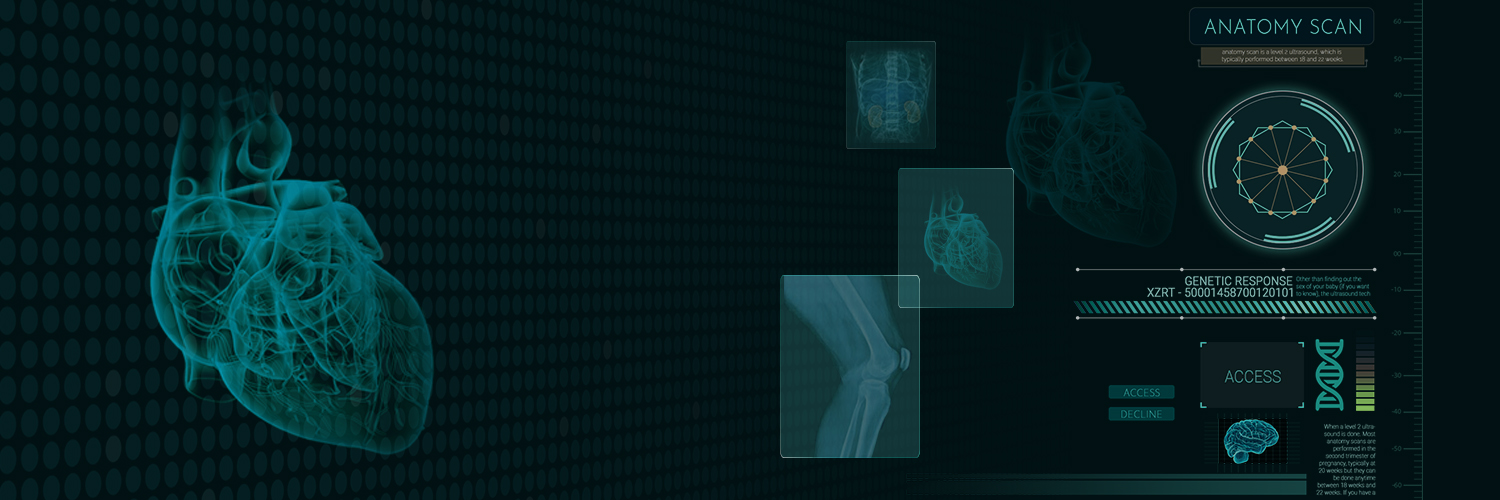
Phylum 1. Porifera
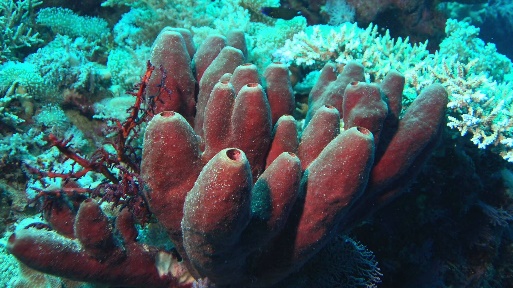
Phylum 2. Coelenterata(Cnidaria)

Hydra
Phylum 3. Platyhelminthes
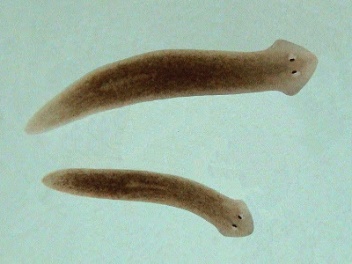
Planaria
Phylum 4. Nematoda
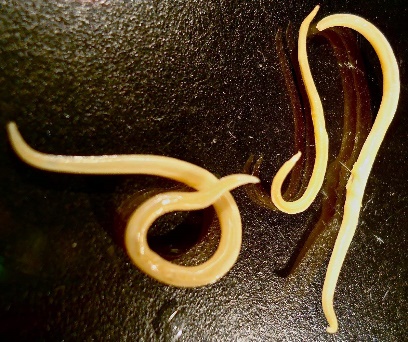
Phylum 5. Annelida
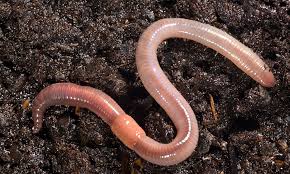
Leech
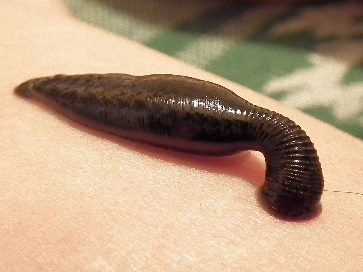
Earthworm
Phylum 6. Arthropoda
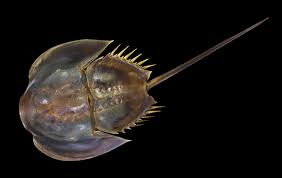
Limulus (King crab)
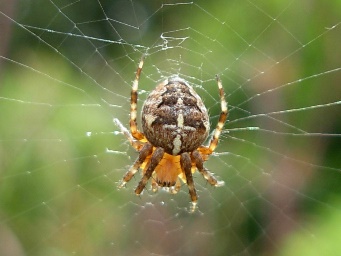
Aranea (spider)
Phylum 7. Mollusca
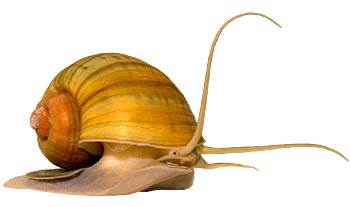
Apple snail

Freshwater mussel
Phylum 8. Echinodermata

Starfish
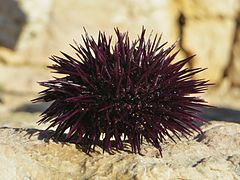
Sea urchin
Phylum 9. Hemichordata
Differences between non-chordates and chordates.
| Non-chordates | Chordates |
| Notochord is absent in them. | Notochord is present in them at some point of their developmental stage. |
| Central nervous system of non-chordates is solid and ventral. | Central nervous system of chordates is hollow and dorsal. |
| Heart, if present in them, is dorsal in position. | Heart is always present in them and is ventral in position. |
| Their circulatory system is of open or closed type. | Their circulatory system is of closed type. |
| Respiratory pigment such ashaemoglobin, if present, is dissolved in plasma of blood. | Haemoglobin is present in their red blood cells or corpuscles. |
| Pharyngeal gill slits are absent in them. | Pharyngeal gill-slits are present in them. |
| As they contain anus at posterior end of body, post-anal tail is not present. | As their anus is not located at posterior tip of body, they contain a post-anal tail. |